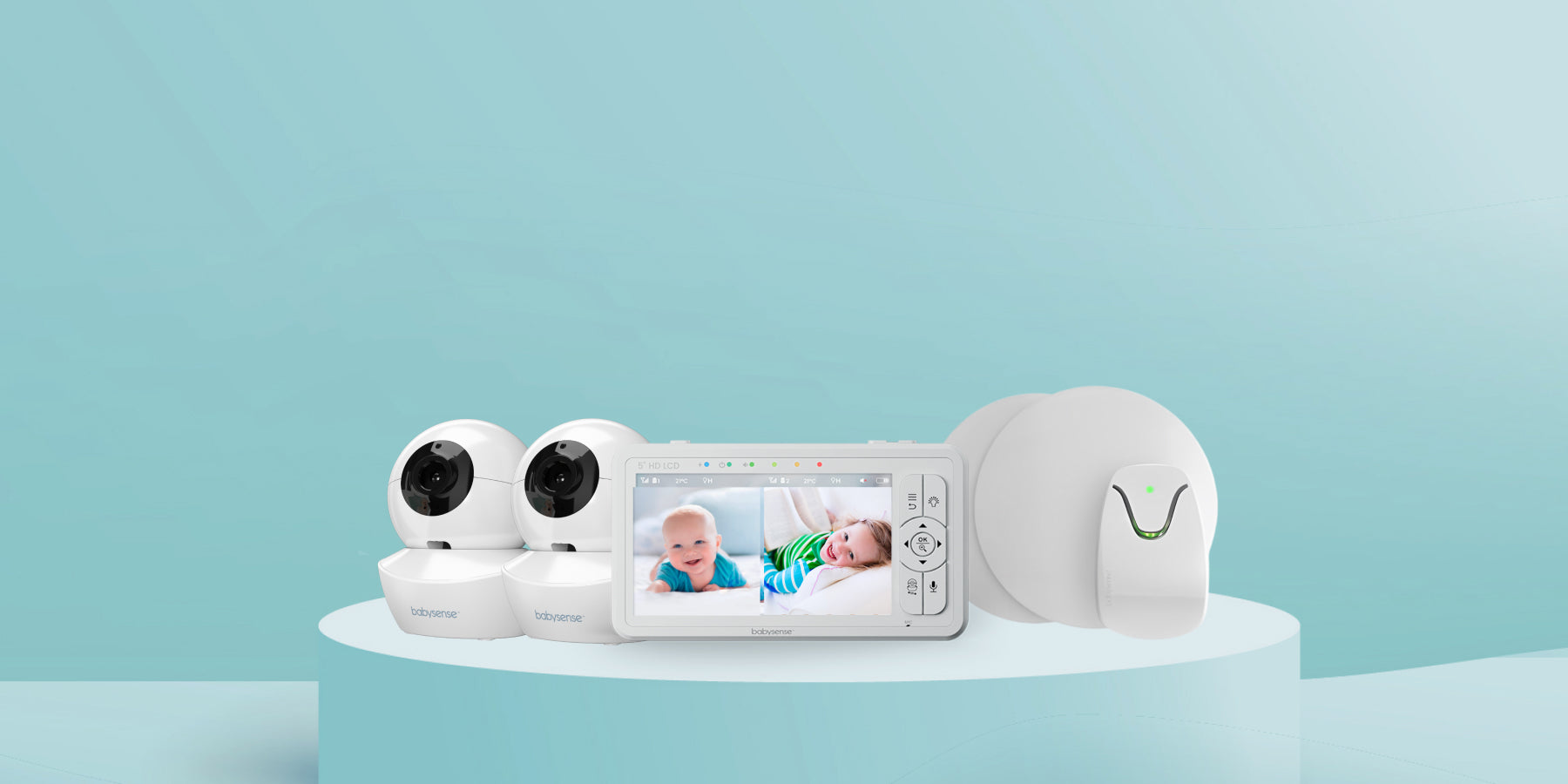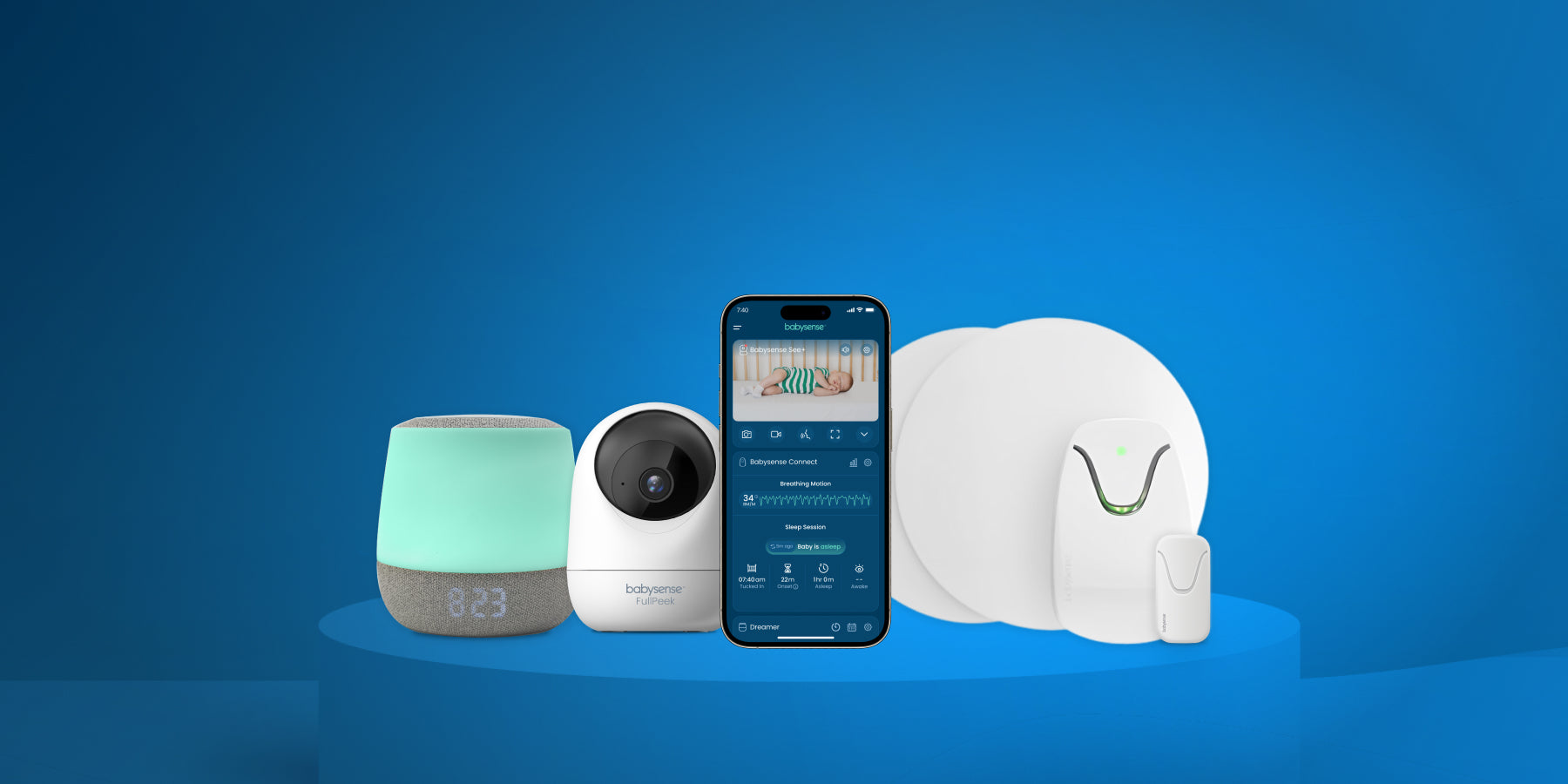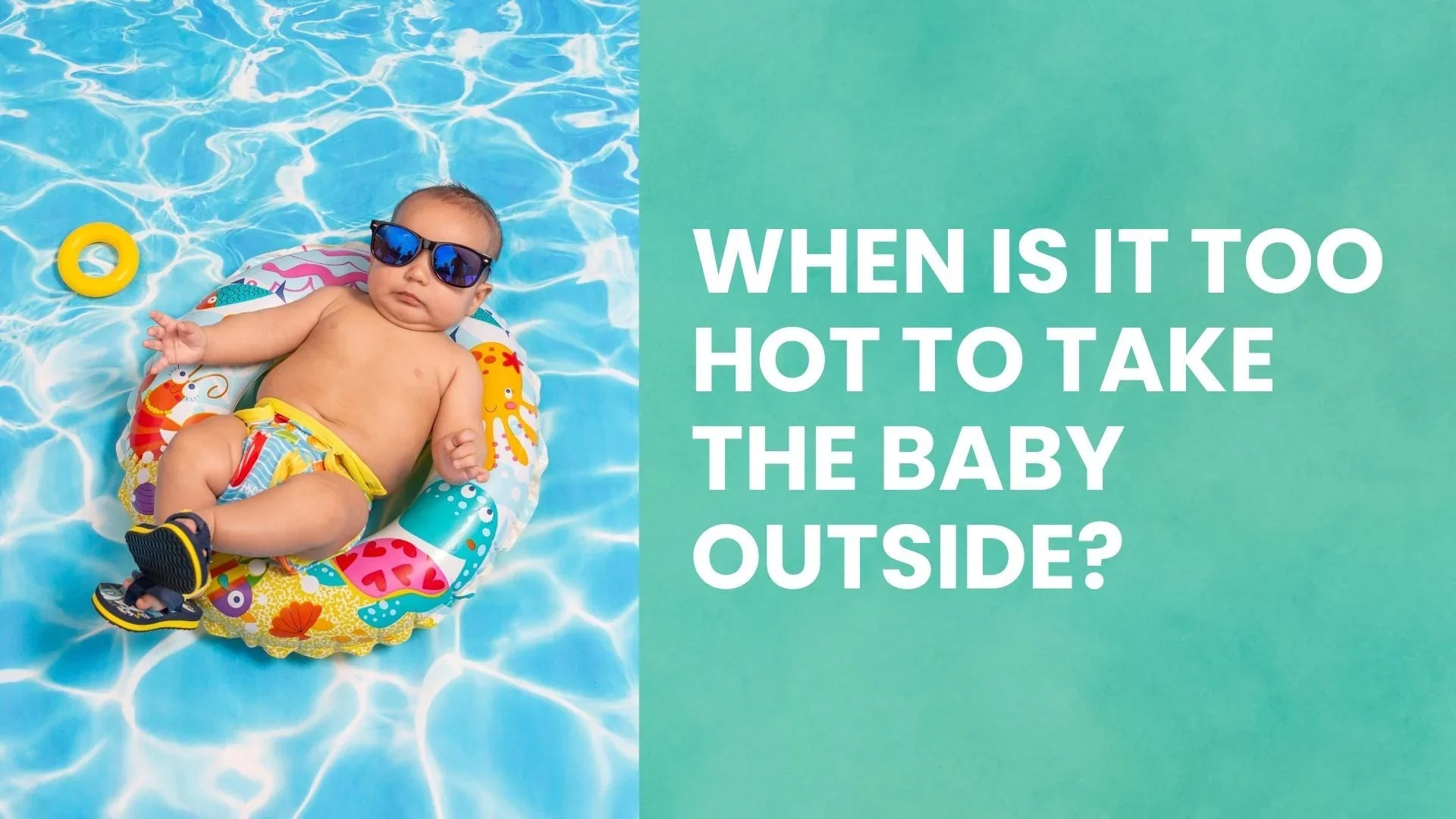Featured definition: Babies in pools need constant, touch-ready supervision, a gradual introduction to water, and age-appropriate safety gear. This guide shows exactly what to do from the first months through the fifth birthday.
Why it matters: Drowning is a leading cause of injury death in children ages one to four. The right steps help families keep pool time safe, confidence building, and fun. See AAP water safety overview and CDC drowning facts.
When you think summer, you think water play. Babies in pools can enjoy safe fun when parents use simple, age-appropriate steps. Below you will find a stage-by-stage plan with clear goals, safety rules, and easy games to build comfort and skills.
0–6 Months: First Splashes
Main goal: Comfort and warmth.
- Choose a private, heated pool at 32–34 °C (90–93 °F).
- Hold baby upright against your chest and limit water time to 5–10 minutes.
- Skip flotation gear now. Your embrace is safest at this age.
- Rinse baby with fresh water after to remove chlorine.
Sun care: Under 6 months, keep babies in the shade and use protective clothing. For small exposed areas only, ask your pediatrician about minimal sunscreen use. See AAD baby sun protection.
6–12 Months: Building Water Familiarity
Main goal: Gentle exploration.
- Use a soft infant swim seat for brief floating practice while you stay within arm’s reach.
- Play simple pour-and-splash cup games to build comfort.
- Apply mineral-based, water resistant SPF 50 to exposed skin and reapply every two hours. See AAD sunscreen FAQs.
- End on a positive note. Exit before baby shivers or fusses.
Warm weather brings other concerns. Learn the signs and care of baby dehydration and when you can use sunscreen on your baby.
12–24 Months: Water Mobility
Main goal: Kick, reach, and float basics.
- Try parent and child classes with Red Cross certified instructors. Consider lessons starting around age 1 based on readiness. See AAP guidance on swim lessons.
- Use a U.S. Coast Guard approved PFD any time your child is away from adult arms near water.
- Practice gentle submersions. Count 1-2-3, blow on baby’s face, then a quick dip and cuddle.
- Encourage kicking with hand-supported glides on the belly.
2–3 Years: Confidence Boosters
Main goal: Independent movement with close supervision.
- Transition to swim vests that allow free arm motion for paddling practice.
- Play simple ring fetch in waist-deep water to build breath control.
- Reinforce the rule: ask an adult before getting in.
- Teach safe exits by practicing climbing out at the wall.
3–4 Years: Pre-Swimmer Skills
Main goal: Stroke introduction and longer breath holds.
- Swap toys for kickboards and noodles to strengthen leg kicks.
- Count bubble blows to five and praise progress.
- Start face-in glides from the wall to an adult two feet away.
- Teach roll-to-back float as an early self rescue step.
4–5 Years: Ready to Swim
Main goal: Combine strokes and safety rules.
- Practice short front crawl sequences with kick and arm pulls.
- Introduce torpedo push offs from the wall.
- Review rules: walk near water, always swim with a buddy, avoid breath holding games.
- Respect lifeguards and learn to read depth markers.
Universal Safety Tips
- Touch supervision: Stay within arm’s reach until strong, unassisted swimming is mastered.
- Barriers: Install a four sided fence at least four feet high around home pools with self closing, self latching gates. See Pool Safely parent tips.
- Life jackets: Use Coast Guard approved devices on boats and near open water. Learn about proper fit at USCG Life Jacket Wear It.
- Swim diapers: Change right after accidents to prevent rashes and keep pools clean.
- Hydration: Offer water at least every 20 minutes. Heat and activity dehydrate quickly. Review hunger and fullness cues.
- Emergency skills: Caregivers should learn CPR. Start with Red Cross CPR classes.
Tech can add a second layer of protection. If you have a backyard pool, consider alarms and strong supervision plans. Also see our warm weather guides on dehydration and sunscreen for babies.
Helpful Resources
FAQs
When can my baby go in a pool?
Healthy infants can enjoy brief, warm water time once the umbilical area heals and your pediatrician agrees. Keep water warm, limit time, and use touch supervision at all times.
Do babies need life jackets in pools?
Use Coast Guard approved life jackets for boats and open water. In pools, close adult contact is the priority. For toddlers practicing independence, a properly fitted vest can help while you stay within reach. Learn fit basics at the USCG site.
Are infant swim lessons recommended?
The AAP supports lessons for many children starting around age 1 depending on readiness, health, and access to qualified instructors. See the AAP lesson guidance.
What temperature is best for babies in pools?
Warm water helps babies stay comfortable. Aim near 32–34 °C (90–93 °F) for first dips and keep sessions short. Dry and warm your baby right after.
What pool rules should toddlers learn first?
Ask an adult before entering, walk near water, no breath holding games, and always swim with a buddy. Practice safe exits on the wall.





